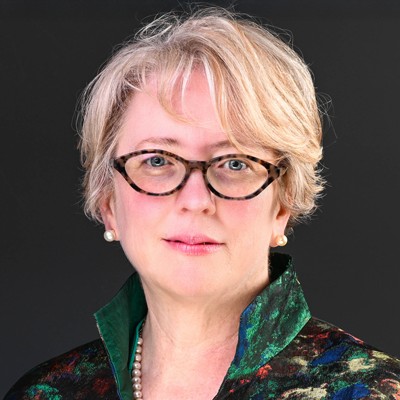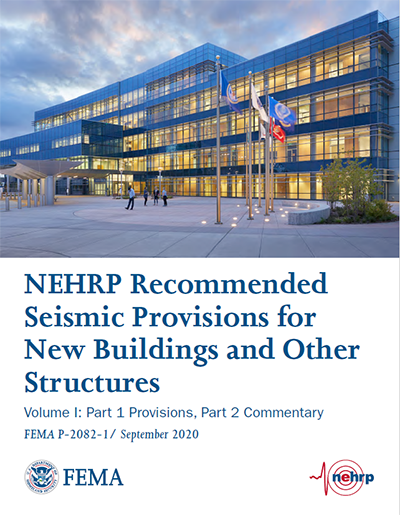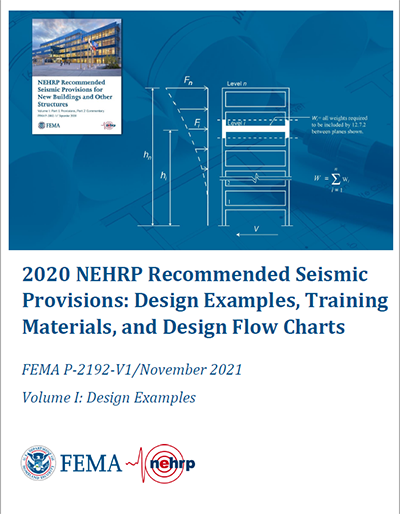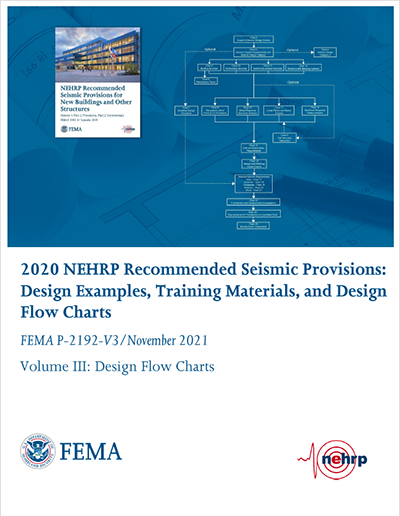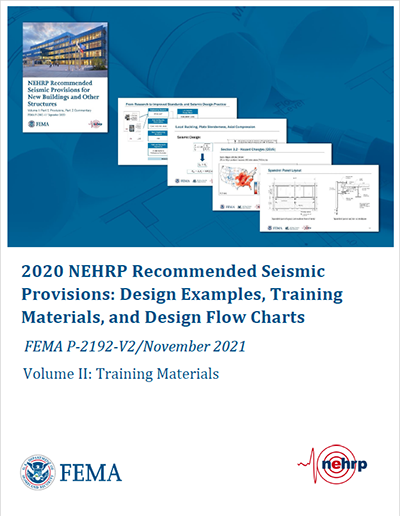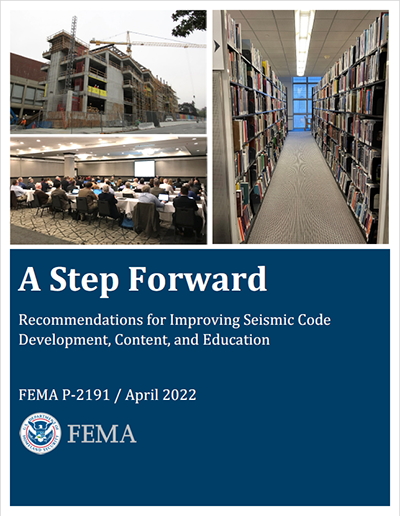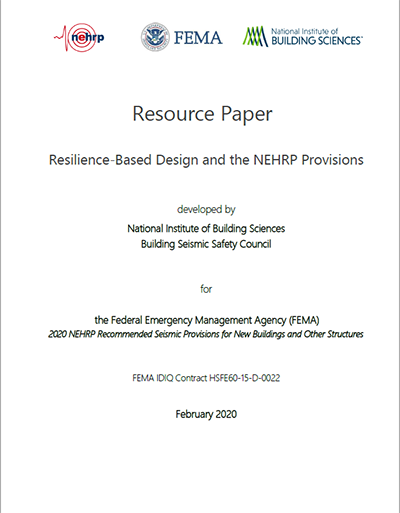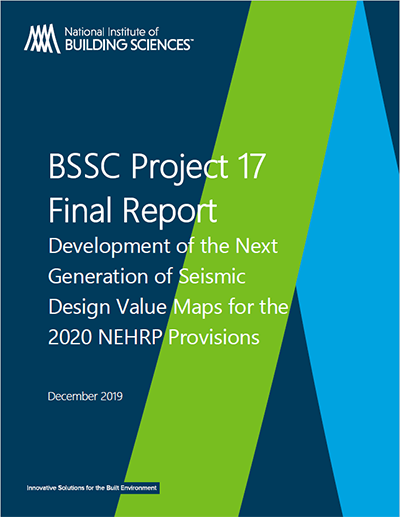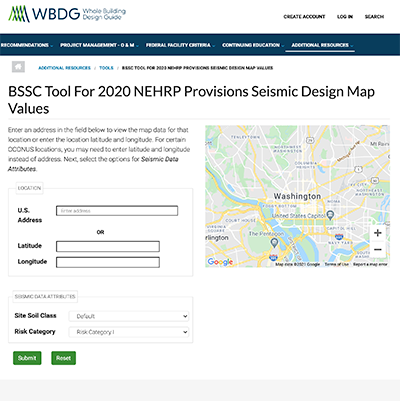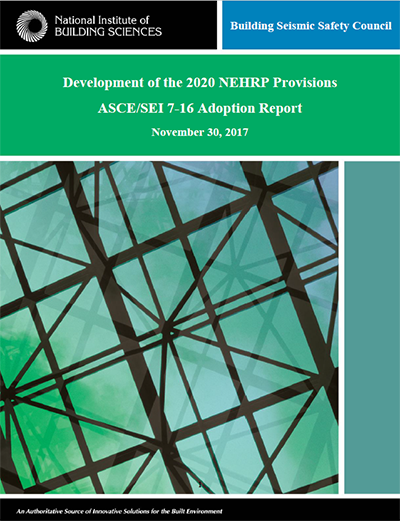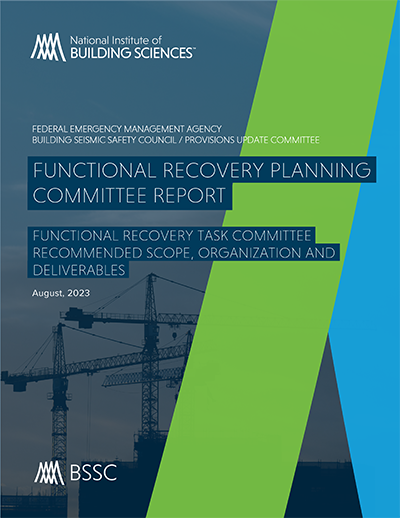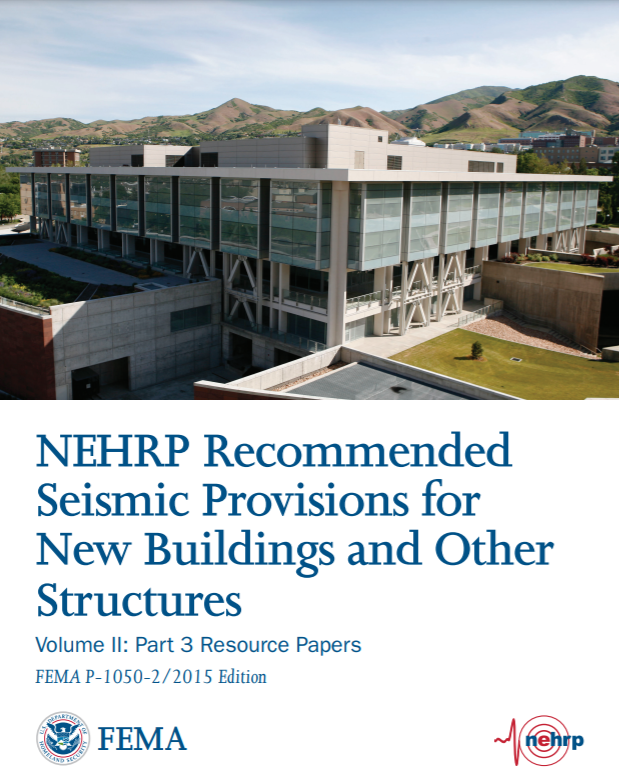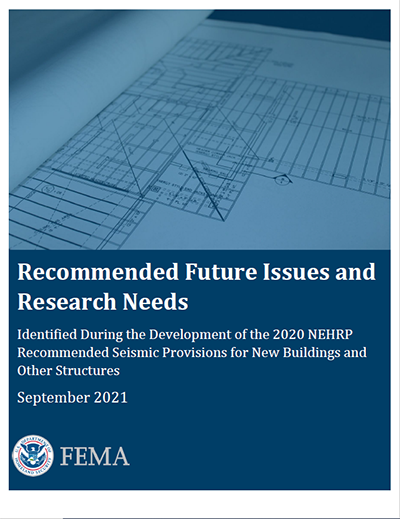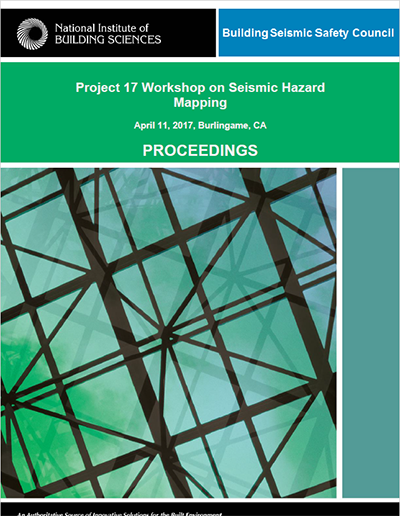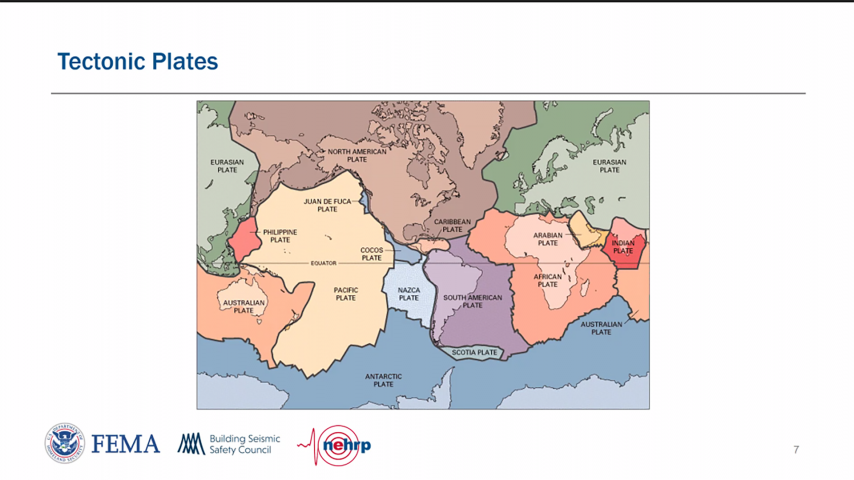- About
INITIATIVES
- Solutions
INDUSTRY LEADERSHIP
DISASTER PREPAREDNESS
BUILDING PERFORMANCE
- Donate
- Events
- Jan 28-29: Building For Tomorrow
- Nov 12: What Should Drive the Sustainability Bus, IEQ or Energy? Webinar
- May 18: Building Innovation 2026
- Dec 9: A Cooling Conundrum: Setting the Stage for Resilient Cooling
- Dec 11: Understanding the Challenges of Preventing Construction Site Fires
- Dec 16: Clearing the Air: Advancing IAQ Policy for Healthier Communities
EVENTS
REGISTER NOW
INDUSTRY
- Our Work
RESOURCES
PROJECT HIGHLIGHTS
- About
INITIATIVES
- Solutions
INDUSTRY LEADERSHIP
DISASTER PREPAREDNESS
BUILDING PERFORMANCE
- Donate
- Events
- Jan 28-29: Building For Tomorrow
- Nov 12: What Should Drive the Sustainability Bus, IEQ or Energy? Webinar
- May 18: Building Innovation 2026
- Dec 9: A Cooling Conundrum: Setting the Stage for Resilient Cooling
- Dec 11: Understanding the Challenges of Preventing Construction Site Fires
- Dec 16: Clearing the Air: Advancing IAQ Policy for Healthier Communities
EVENTS
REGISTER NOW
INDUSTRY
- Our Work
RESOURCES
PROJECT HIGHLIGHTS


